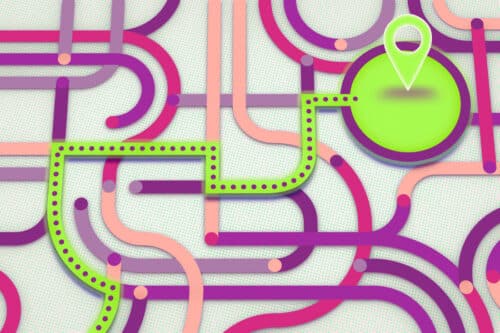The algorithm enables robots to navigate complex environments efficiently by identifying shortcuts and minimizing travel time, offering potential in exploration and rescue missions.

Credits:Image: Jose-Luis Olivares, MIT; iStock
In a simple scenario where a robot has only two paths to choose from, it can easily compare its travel times and probabilities of success. However, determining the best route in complex environments with multiple paths becomes challenging due to high uncertainty.
MIT researchers have pioneered an innovative algorithm that empowers robots to navigate complex environments efficiently. This groundbreaking method constructs roadmaps of uncertain environments, striking a delicate balance between quality and computational efficiency. It equips robots with the ability to discover secure and efficient routes by identifying shortcuts and minimizing travel time. The algorithm surpassed other approaches in simulations, achieving a superior balance between planning performance and efficiency. The potential applications of this cutting-edge technology are vast, from aiding exploration on Mars to assisting search-and-rescue missions in remote areas.
Generating graphs
Researchers often model a robot’s environment as a graph for motion planning using the Canadian Traveler’s Problem (CTP), where edges represent potential paths with weights for traversal time and probabilities for the likelihood of being traversable. Their focus is on automating CTP graph construction for uncertain environments. The algorithm assumes partial information, like satellite images, can be divided into areas with probabilities of traversal. Starting with a conservative path through open areas, it adds shortcut paths through uncertain regions based on probabilities to reduce travel time.
Selecting shortcuts
The algorithm’s planning process is streamlined, selecting only shortcuts likely to be traversable, thereby avoiding unnecessary complexity. In over 100 simulated experiments featuring progressively complex environments, the researchers consistently demonstrated the algorithm’s superiority over baseline methods that disregarded probabilities. This validation of its effectiveness using an aerial map of the MIT campus further underscores its applicability in real-world urban settings, instilling confidence in its capabilities.
Future plans include enhancing the algorithm in more than two dimensions, enabling it to tackle complex robotic manipulation challenges. Researchers also aim to study the mismatch between CTP graphs and the real-world environments they represent.








